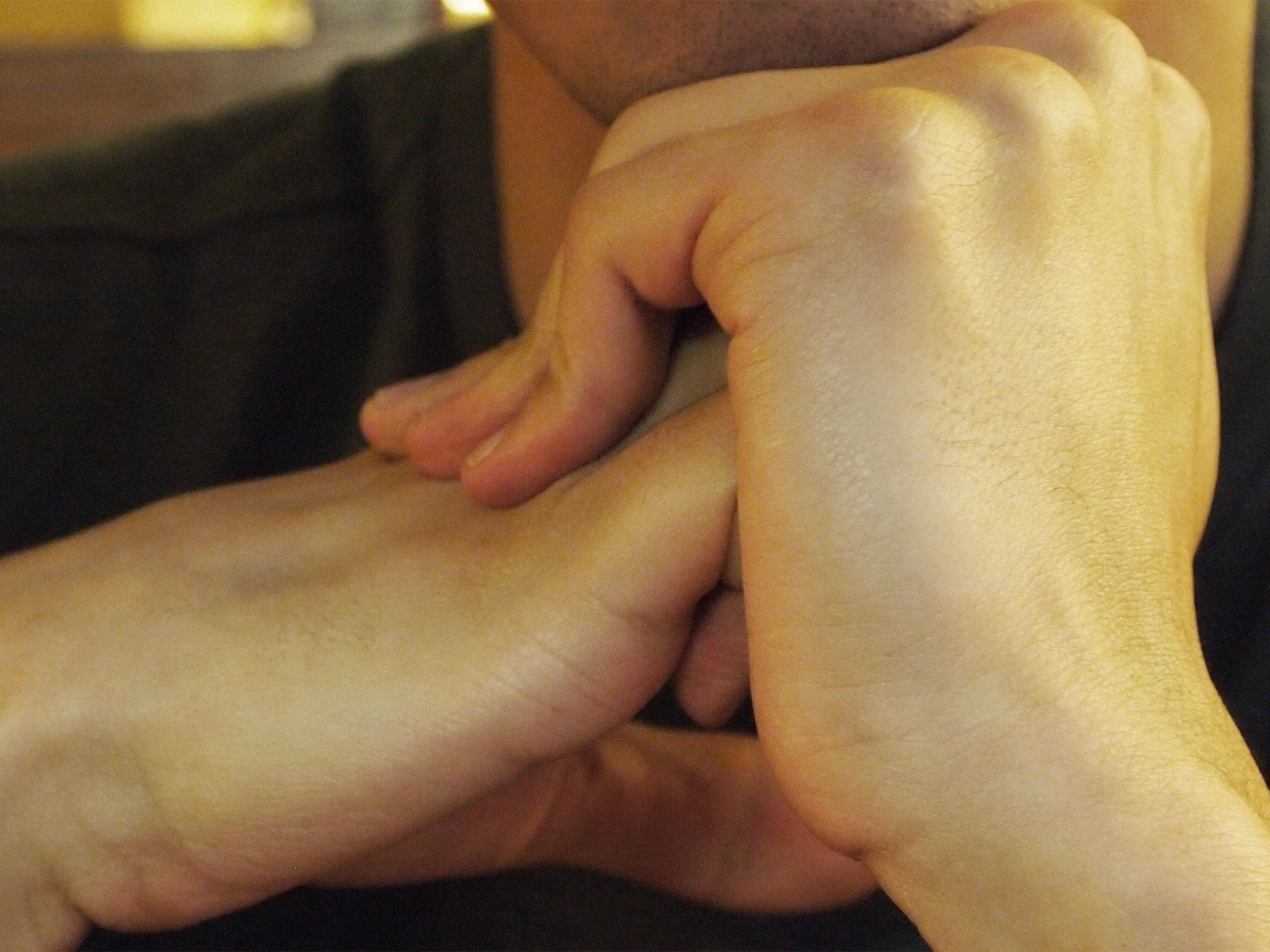Knuckle-cracking mystery solved - but scientists still don't know if the habit is harmful
Using slow-motion video, researchers were able to see what occurred inside the joint

The mystery of what happens to make a knuckle crack has been solved thanks to a simple test of “pull my finger”.
In a new study published by the University of Alberta, a team of researchers used MRI video to determine what happens inside a finger joint to make it “pop”. They observed that the sound is caused by a rapidly forming cavity inside the joint when pulled.
“We call it the ‘pull my finger study’– and actually pulled on someone’s finger and filmed what happens in the MRI,” explained lead author Greg Kawchuk.
UK researchers once believed vapour bubbles forming in the joints were the cause of the sound, but this notion was put into doubt in the 1970s by the competing theory of collapsing bubbles.
Placing a habitual knucklecracker’s fingers into tubes which slowly pulled the knuckles apart, researchers captured the cracking moments – which occur in less than 310 milliseconds.
Using slow-motion video, the group were able to see what occurred inside the joint. In every instance, the cracking and joint separation was associated with the rapid creation of a gas-filled cavity within the synovial fluid, a natural substance that lubricates the joints.
“It’s a little bit like forming a vacuum,” said Mr Kawchuk, an expert in spinal structure and function. “As the joint surfaces suddenly separate, there is no more fluid available to fill the increasing joint volume, so a cavity is created and that event is what’s associated with the sound.”
More than just settling a scientific curiosity, the findings bring researchers closer to determining whether or not the ability to crack ones’ joints is inherent or even healthy. But they are still unclear as to why only some people can crack their joints on demand.
“Is it a matter of learning a skill like whistling, or is it that some joints are not capable while others are capable? Answering this question will help us understand how joints work, when they are healthy and when they get into trouble,” said Kawchuck. “It may be that we can use this new discovery to see when joint problems begin long before symptoms start.”
Subscribe to Independent Premium to bookmark this article
Want to bookmark your favourite articles and stories to read or reference later? Start your Independent Premium subscription today.

Join our commenting forum
Join thought-provoking conversations, follow other Independent readers and see their replies